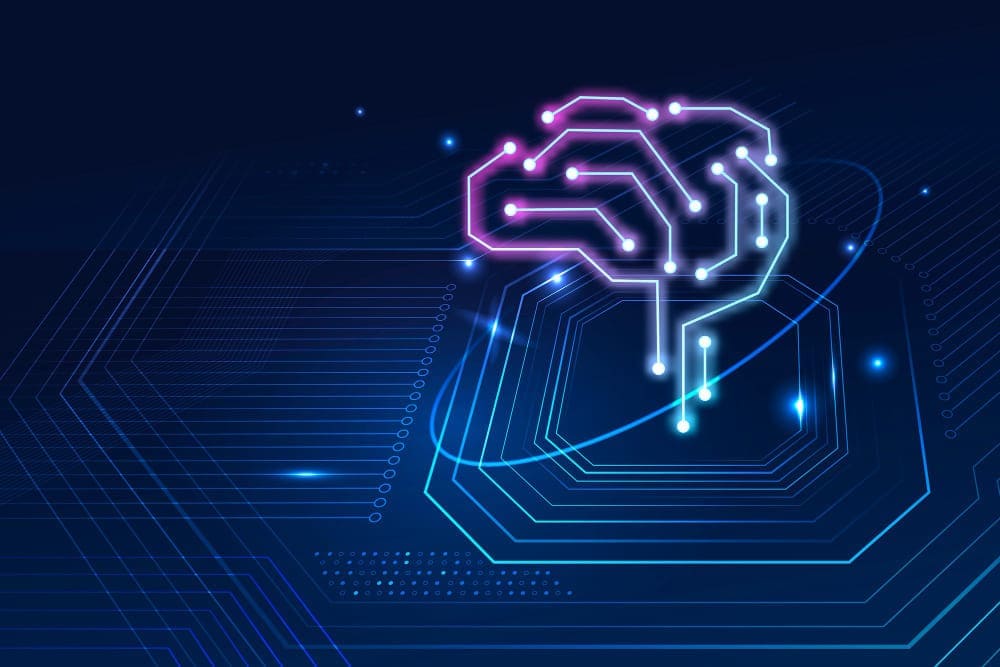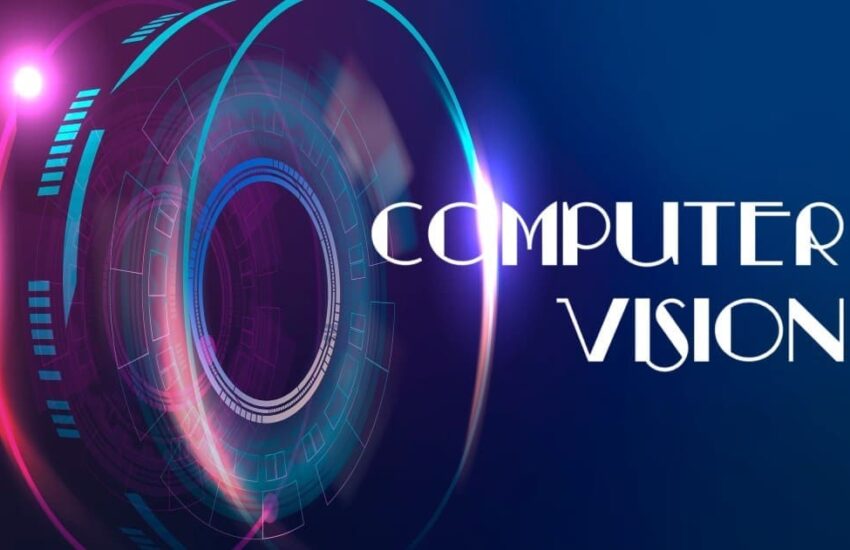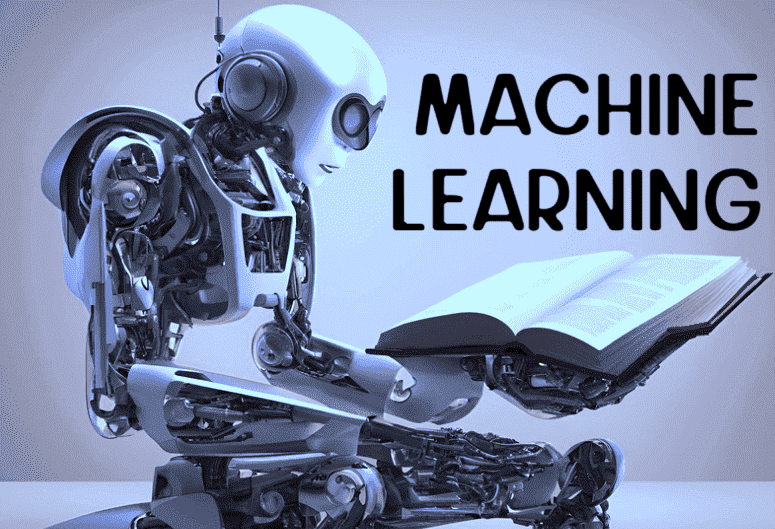
Overview:
The democratization of generative AI is transforming the technological landscape, making advanced AI capabilities accessible to a wider audience than ever before. This movement aims to break down the barriers that have traditionally restricted the use of AI to large corporations and specialized experts. By providing user-friendly tools, affordable hardware, and comprehensive educational resources, generative AI is becoming a powerful tool for individuals, small businesses, and communities. As these technologies become more widespread, they hold the promise of fostering unprecedented levels of creativity, innovation, and economic growth, while also addressing significant ethical and societal challenges.
In this article, we explore the key benefits, challenges, and future outlook of democratizing generative AI. We delve into how these technologies are reshaping industries, empowering users, and driving progress across various sectors. From enhancing productivity and efficiency to enabling personalized experiences and fostering collaboration, the democratization of generative AI is set to revolutionize the way we interact with and benefit from artificial intelligence. As we look ahead, we will examine the transformative trends and developments that are shaping this exciting future, ensuring that the advantages of AI are accessible to all.
Contents:
- What is the Democratization of Generative AI
- Key Aspects of Generative AI Democratization
- How ‘Democratization of Generative AI’ is different from ‘Democratization of AI’
- Key Benefits of Democratization of Generative AI
- Key Challenges Associated with the Democratization of Generative AI
- What is the Future Outlook of Democratization of Generative AI
- Summing Up
What is the Democratization of Generative AI:
The democratization of generative AI refers to making the powerful capabilities of generative artificial intelligence accessible and usable by a broad range of people, including individuals, small businesses, and organizations that might not have significant technical expertise or resources.
Key Aspects of Generative AI Democratization:
1. Accessible Tools and Platforms:
Providing user-friendly tools and platforms that allow non-experts to create and use generative AI models. This includes platforms with pre-trained models, intuitive interfaces, and comprehensive documentation.
2. Open-Source Models:
Sharing AI models and their underlying code publicly so that anyone can use, modify, and improve them. Examples include OpenAI’s GPT models, Google’s BERT, and many others that are available on repositories like GitHub.
3. Educational Resources:
Developing and distributing educational materials, tutorials, courses, and workshops to help people understand how to use generative AI tools effectively. This includes online courses, webinars, and community forums.
4. Cloud-Based Services:
Offering generative AI capabilities as cloud-based services where users can access high-performance computing resources without needing to invest in expensive hardware. Services like OpenAI’s API, Google Cloud AI, and Amazon Web Services (AWS) AI/ML offerings are examples.
5. Collaborative Ecosystems:
Encouraging the development of collaborative ecosystems where developers, researchers, and enthusiasts can share knowledge, datasets, and tools. Platforms like Kaggle, Hugging Face, and various AI communities contribute to this ecosystem.
6. Ethical and Responsible Use:
Promoting ethical guidelines and practices to ensure that the widespread use of generative AI is done responsibly, minimizing risks such as bias, misinformation, and misuse.
7. Customization and Fine-Tuning:
Allowing users to customize and fine-tune generative AI models to meet their specific needs without requiring deep technical expertise. This can involve transfer learning and user-friendly interfaces for model training.
How ‘Democratization of Generative AI’ is different from ‘Democratization of AI’:
Democratization of Generative AI:
It specifically refers to making technologies that can generate new content (such as text, images, music, and videos) accessible to a broader audience. Generative AI includes – Generative Capabilities (create original content rather than just analyzing or predicting), User-Friendly Tools (interfaces that allow non-experts to generate content easily), and Ethical and Responsible Use (addressing ethical considerations).
Examples:
- Text generation tools like OpenAI’s GPT-4 and ChatGPT.
- Image generation tools like DALL-E and MidJourney.
- Music generation tools like Jukedeck and OpenAI’s MuseNet.
- Video generation tools like RunwayML.
Democratization of AI
It refers to the process of making AI technologies and tools accessible to a broader audience beyond specialized experts and large organizations. This involves reducing barriers such as cost, technical knowledge, and resource availability, enabling a wider range of individuals, businesses, and institutions to develop, use, and benefit from AI.
Examples:
- Cloud AI services like Google Cloud AI, AWS AI, and Microsoft Azure AI.
- Open-source frameworks like TensorFlow, PyTorch, and scikit-learn.
- Online courses and certifications in AI from platforms like Coursera, edX, and Udacity.
Key Benefits of Democratization of Generative AI:
1. Enhanced Creativity and Innovation:
New Ideas and Solutions: Individuals and small businesses can leverage generative AI to create innovative products, services, and solutions, fostering creativity across industries.
Creative Industries: Artists, writers, and designers can use generative AI tools to enhance their creative processes, produce new types of artwork, and explore novel creative concepts.
2. Increased Accessibility:
Broader Reach: AI technologies become available to people without technical expertise, enabling a wider audience to benefit from and contribute to advancements in AI.
Educational Opportunities: More people can learn about and use AI, promoting digital literacy and bridging the gap between technology and the general public.
3. Economic Growth and Opportunity:
Empowering Startups and SMEs: Small and medium-sized enterprises (SMEs) and startups can access AI capabilities without the need for significant investment in infrastructure or expertise, driving economic growth and innovation.
Job Creation: New industries and job opportunities emerge as AI becomes integrated into more sectors, from AI development and maintenance to creative and strategic roles utilizing AI tools.
4. Improved Productivity and Efficiency:
Automation: Routine and repetitive tasks can be automated, allowing workers to focus on more complex and strategic activities, enhancing overall productivity.
Business Optimization: Businesses can use AI to optimize operations, improve decision-making, and personalize customer experiences, leading to increased efficiency and competitiveness.
5. Advancements in Research and Development:
Accelerated Research: Researchers across disciplines can use generative AI to model complex systems, generate hypotheses, and analyze large datasets, accelerating scientific discovery and innovation.
Interdisciplinary Collaboration: AI tools facilitate collaboration across different fields, leading to interdisciplinary breakthroughs and a more holistic approach to problem-solving.
6. Democratization of Knowledge:
Open Access to AI Models: Publicly available models and open-source initiatives ensure that knowledge and technology are not confined to a few large corporations or elite institutions.
Community Contributions: A diverse group of contributors can improve and innovate upon existing models, leading to more robust and versatile AI technologies.
7. Customization and Personalization:
Tailored Solutions: Users can customize AI models to better fit their specific needs, whether in healthcare, education, marketing, or other fields, leading to more effective and personalized applications.
Key Challenges Associated with the Democratization of Generative AI:
1. Ethical and Bias Issues:
Bias and Fairness: Generative AI models can inadvertently perpetuate and amplify existing biases present in their training data, leading to unfair or discriminatory outcomes.
Misinformation and Deepfakes: The ease of creating realistic but false content (e.g., deepfakes) can spread misinformation, manipulate public opinion, and damage reputations.
2. Privacy and Security Concerns:
Data Privacy: Using generative AI often involves processing large amounts of personal data, raising concerns about data privacy and security.
Model Security: Generative AI models themselves can be targets of attacks, such as adversarial attacks that manipulate outputs or data poisoning attacks that corrupt training data.
3. Quality Control:
Content Quality: Ensuring the quality and reliability of AI-generated content is challenging, as these models can produce outputs that are nonsensical, inappropriate, or factually incorrect.
Validation and Verification: Establishing robust methods for validating and verifying the outputs of generative AI systems is crucial but difficult.
4. Regulatory and Legal Issues:
Regulatory Compliance: Navigating the evolving landscape of regulations concerning AI use, data protection, and intellectual property can be complex and burdensome.
Liability and Accountability: Determining responsibility and accountability for the actions and decisions made by AI systems is a legal and ethical challenge.
5. Sustainability:
Environmental Impact: Training and running large generative AI models consume significant amounts of energy, contributing to environmental concerns regarding sustainability.
Resource Allocation: Balancing the computational resources used for AI with other societal needs is a challenge, especially in resource-constrained environments.
6. Intellectual Property and Ownership:
Content Ownership: Determining the ownership and intellectual property rights of AI-generated content can be complex, especially when multiple parties are involved in the creation process.
Plagiarism and Originality: Ensuring that AI-generated content does not infringe on existing copyrights or plagiarize works is a significant concern.
7. Transparency and Explainability:
Black-Box Nature: Many generative AI models operate as “black boxes,” making it difficult to understand how they produce specific outputs, which can be problematic for trust and accountability.
Explainability: Developing methods to explain the workings and decisions of generative AI systems in a way that is understandable to non-experts is an ongoing challenge.
What is the Future Outlook of Democratization of Generative AI:
1. Universal AI Literacy and Education:
AI in Education Curricula: AI education will become a fundamental part of school and university curricula worldwide, ensuring that future generations have a deep understanding of AI technologies.
Self-Learning AI Platforms: Platforms powered by generative AI will provide personalized learning experiences, helping individuals acquire AI skills at their own pace.
2. Democratized AI Development:
Community-Driven Model Training: Communities will collectively train AI models using decentralized data and resources, leveraging platforms that facilitate collaboration without centralized control.
Open AI Development Environments: Environments where anyone can develop, share, and improve AI models, similar to open-source software development, will become more widespread.
3. AI for Small and Medium Enterprises (SMEs):
Tailored AI Solutions for SMEs: AI providers will offer customizable and affordable AI solutions tailored specifically for SMEs, allowing them to compete with larger corporations.
Subscription-Based AI Services: SMEs will access advanced generative AI capabilities through subscription models, making it financially feasible to integrate AI into their operations.
4. Accessible AI Hardware:
Affordable AI Devices: Advances in hardware will lead to the availability of affordable, high-performance AI devices for individuals and small businesses, lowering the barrier to entry.
Edge AI Innovations: Edge computing will enable AI to run on local devices, reducing the need for expensive cloud resources and making AI more accessible in areas with limited internet connectivity.
5. User-Friendly AI Tools:
No-Code/Low-Code AI Platforms: Platforms that allow users to create and deploy AI models without writing code will become more sophisticated, enabling anyone to leverage AI technology.
Voice and Natural Language Interfaces: AI tools with intuitive voice and natural language interfaces will make it easier for non-technical users to interact with and utilize AI.
6. Ethical and Transparent AI Systems:
Built-In Ethical Guidelines: Generative AI systems will have built-in ethical guidelines and transparency features, ensuring responsible and fair use by default.
AI Explainability Tools: Tools that make AI decisions and processes transparent and understandable will become standard, helping users trust and effectively use AI.
7. AI-Powered Creativity Platforms:
Collaborative Creative Platforms: Platforms where creators can collaborate with AI to produce art, music, literature, and more, democratizing creative expression and innovation.
Automated Content Creation: Generative AI will enable individuals and small businesses to produce high-quality content (e.g., marketing materials, videos) without professional skills.
8. Community-Based AI Training and Deployment:
Federated Learning Networks: Community-driven federated learning networks will allow diverse groups to collaboratively train AI models on decentralized data, enhancing privacy and inclusivity.
Crowdsourced AI Solutions: Platforms will emerge where communities can crowdsource AI solutions for local problems, leveraging collective intelligence and resources.
9. Sustainable and Energy-Efficient AI:
Green AI Technologies: Advances in AI technology will focus on reducing energy consumption, making AI development and deployment more sustainable and accessible.
Local AI Processing: Energy-efficient local processing will enable AI to run on less powerful devices, making advanced AI capabilities available to a broader audience.
Summing Up:
The democratization of generative AI indicates a future where advanced AI technologies are accessible to a broad spectrum of users, fostering innovation, creativity, and economic growth. By integrating AI into education, enhancing user-friendly tools, and developing affordable AI hardware, the barriers to AI utilization are being significantly lowered. This shift empowers individuals, small businesses, and communities, enabling them to leverage AI for various applications without requiring deep technical expertise or substantial financial resources.
Future advancements will see AI becoming an integral part of daily life through personalized assistants, tailored business solutions, and collaborative creative platforms. Ethical considerations and transparency will be embedded in AI systems, ensuring responsible and fair use. Community-driven AI development and sustainable practices will further enhance inclusivity and environmental stewardship. Overall, the future of democratizing generative AI promises to create a more equitable, innovative, and connected world, where the benefits of AI are shared widely across society.












2 thoughts on “What is Democratization of Generative AI? Discover its Key Aspects Here”